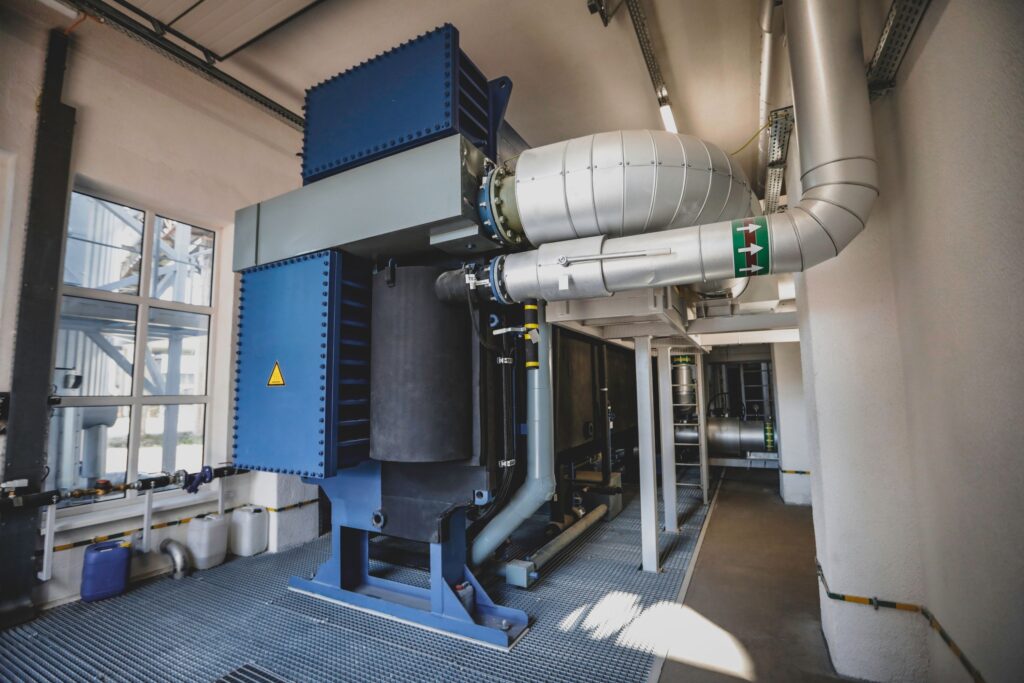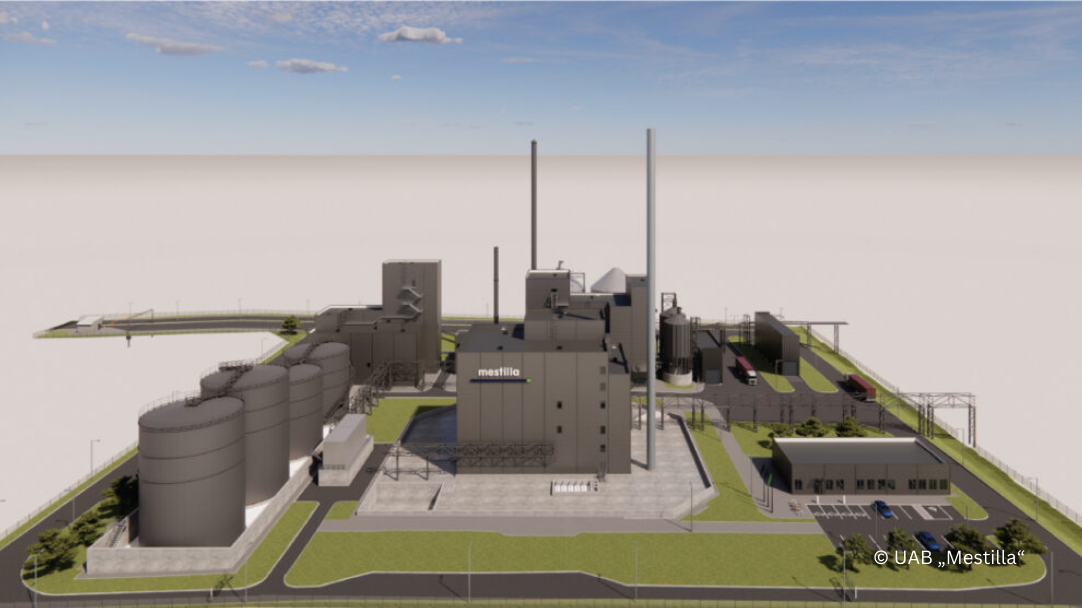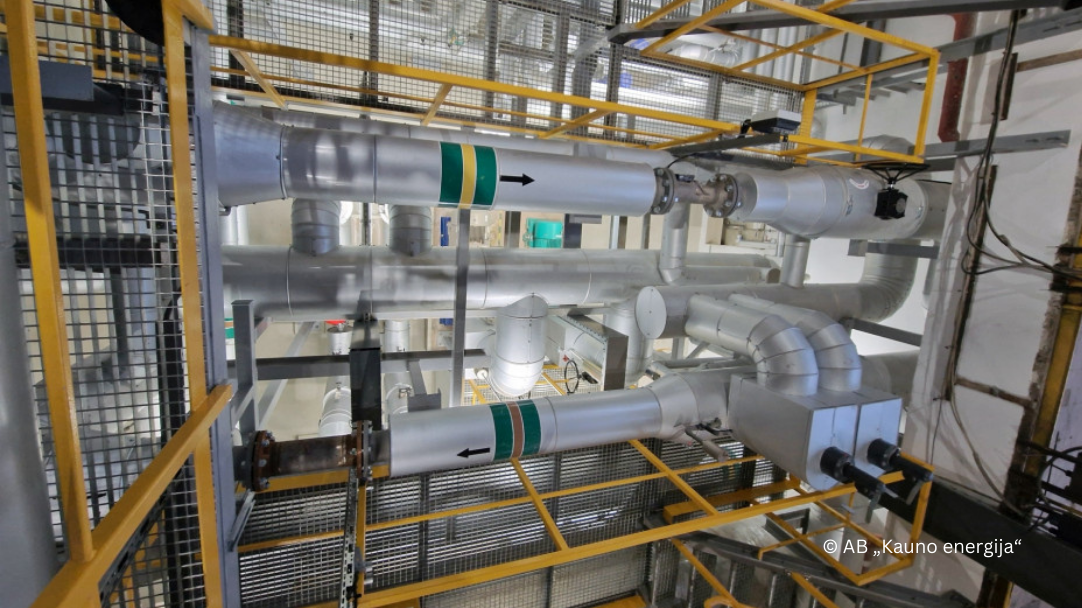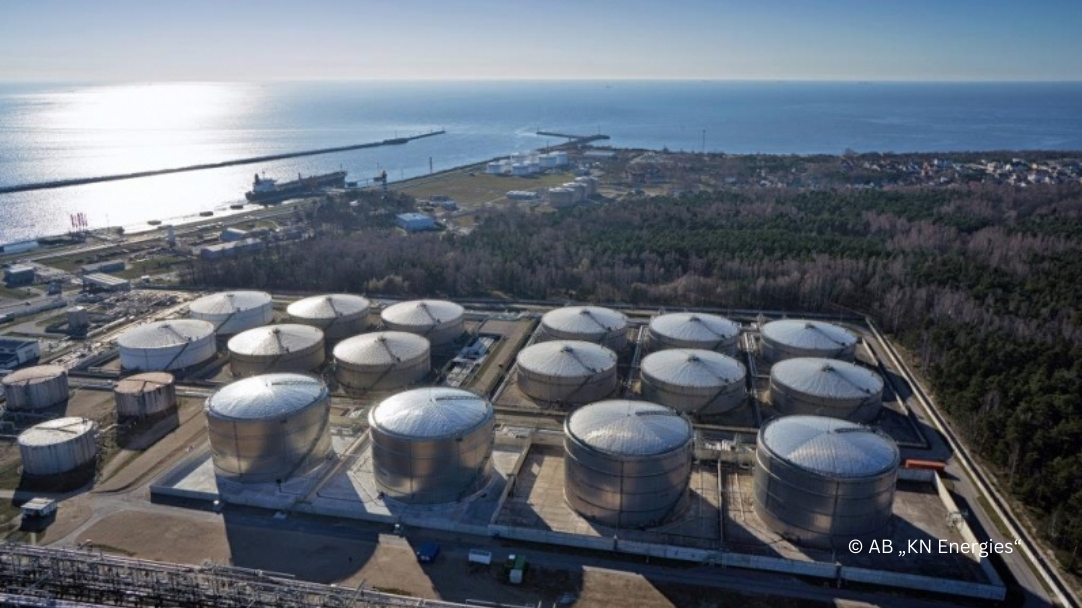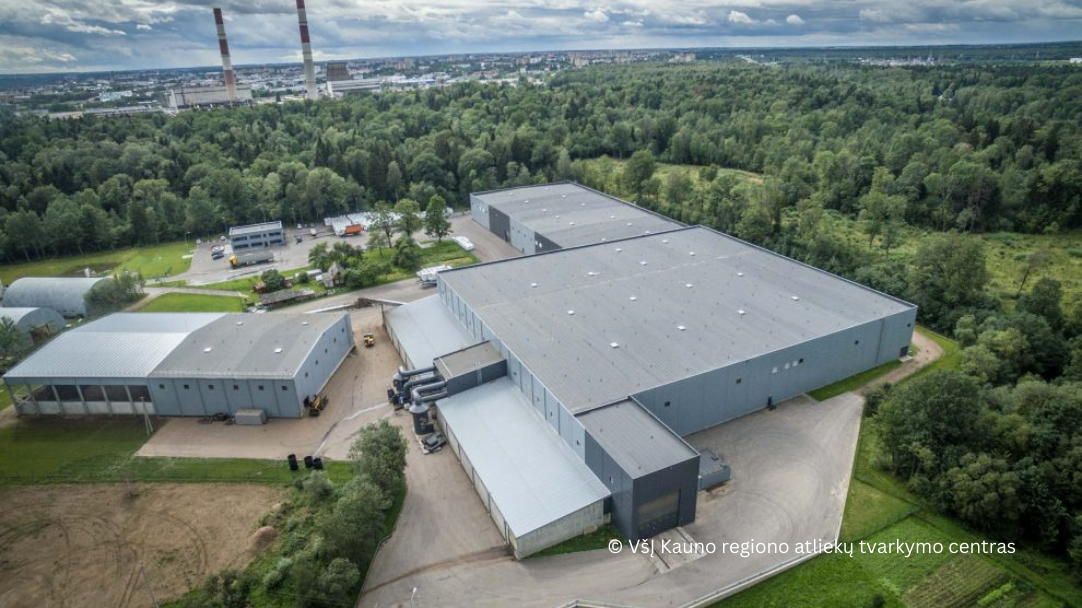“Axioma Servisas” has successfully completed the renovation works on the biofuel boiler house in the Petrašiūnai Power Plant of Kauno Energija AB. The company’s specialists installed the absorption heat pump with thermal capacity of 2.4 MW featuring a second degree flue gas condensing economiser.
“Upon completion of the modernisation project, the biofuel boiler house has become about 10% more efficient. In addition, thanks to the installed second degree flue gas condensing economiser, the flue gas entering the ambient air is from now on cleaner and cooler. According to the latest information, the solid particle residue is less than 20 mg/m3,” said Andriejus Gološčapovas, Project Manager.
From 2025, it will be prohibited to emit more than 50 mg/m3 of particulate matter together with flue gas in all Lithuanian biofuel boiler houses with a capacity of more than 5 MW. The biofuel boiler house of Petrašiūnai Power Plant operated by Kauno Energija already meets the stricter air pollution requirements and is one of the first in Lithuania to implement the most advanced solutions.

The specialists of the Klaipėda branch of “Axioma Servisas” have already installed the same absorption heat pump, only of a lower capacity, in “Klaipėdos Energija”.
The absorption heat pump with a second degree flue gas condensing economiser uses the potential of exhaust flue gas that is released into the environment – the recovered residual heat is supplied to district heating consumers. In addition, the installed innovative solutions significantly reduce the amount of particulate matter in the flue gas.
The heat pump installed in “Kauno Energija” is as many as 7 m long, with the height reaching 4 m.
“The original plan was to lower the device into the basement, but for convenience in maintenance, we abandoned this idea and decided to build it on a metal frame. This required a large and solid foundation and strong structures that could safely support a device weighing 40 tonnes,” added Mr. Gološčapovas.
